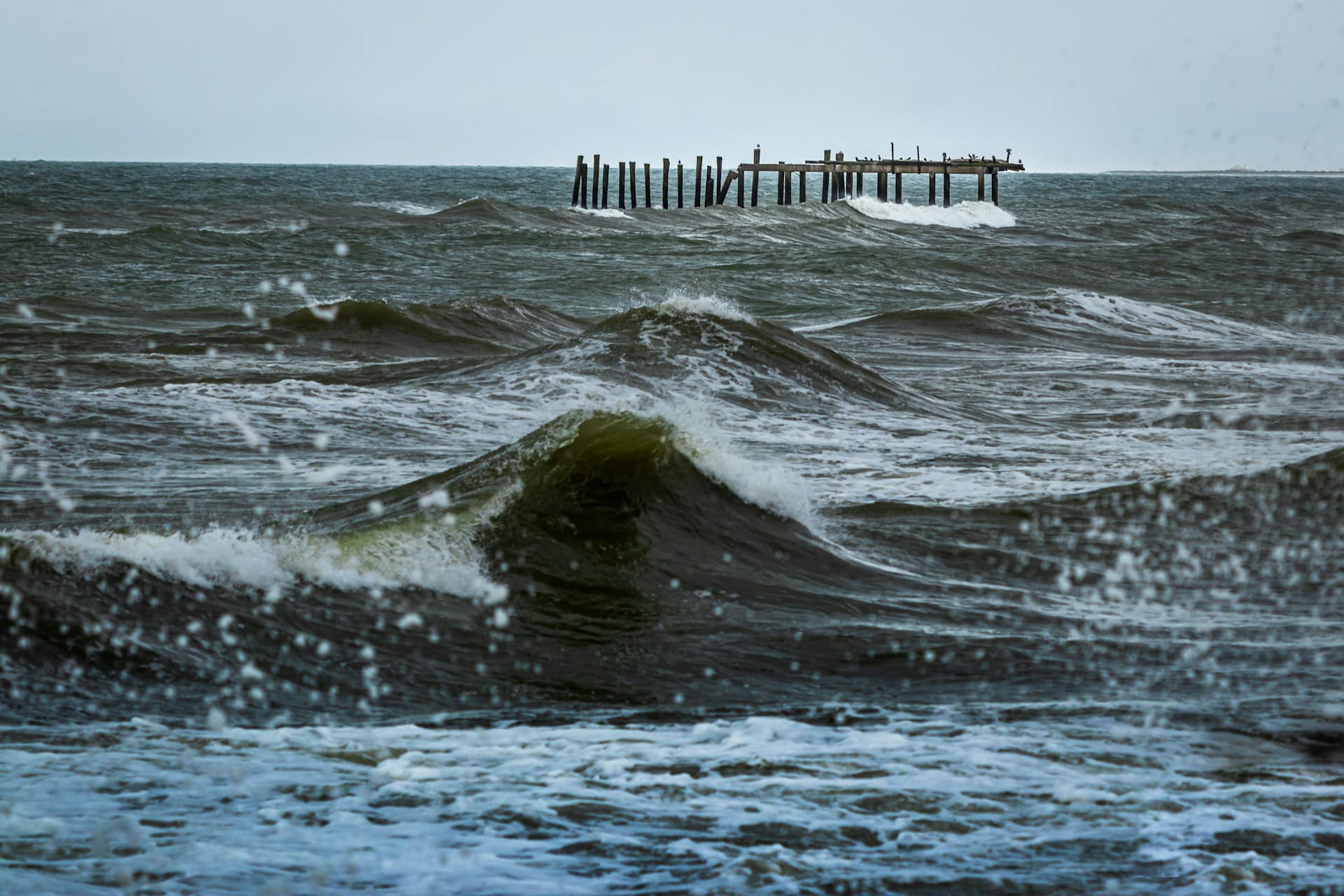Storms and hurricanes are part of life in Texas, especially near the coast and in storm-prone lake areas. If you live near the water or own a dock, it’s important to have a solid plan in place when rough weather rolls in. Taking a few smart steps before a storm can save you money, prevent damage, and keep your waterfront safe.
Here’s how to prepare your dock for storm season in Texas.
Understand the Risk
Not all storms are the same. A strong thunderstorm can bring high winds and flash flooding, while a hurricane may cause heavy storm surge, strong currents, and flying debris. Floating docks, wooden docks, and fixed platforms each face different risks, so knowing your dock’s structure is key to preparing the right way.
Inspect Your Dock Regularly
- Before storm season hits, take time to inspect your dock:
- Check for loose boards or fasteners. Tighten screws and secure anything that’s loose.
- Inspect flotation devices. Make sure your dock is floating evenly and isn’t taking on water.
- Look at anchor points. Whether you have a stationary or floating dock, secure it with proper anchoring.
- Clear debris and clutter. Remove anything that could become a projectile, like tools, chairs, or grills.
Doing this regularly helps you spot weak areas early and fix them before a storm makes them worse.
Remove What You Can
When a storm is on the way, remove all portable items from your dock. This includes:
- Kayaks or paddleboards
- Coolers or storage containers
- Chairs and tables
- Fishing gear or toys
Not only can these items get lost or destroyed, they can cause damage to your dock or nearby structures if winds pick up.
Secure What Stays
Some parts of your dock can’t be removed, so it’s important to secure them well:
- Use marine-grade rope to tie down items that must remain.
- Lower adjustable canopies or umbrellas. If they can’t be removed, fasten them tightly or fold them down.
- Reinforce ladders or railings with additional hardware if needed.
If you have a floating dock, make sure it’s properly anchored to rise and fall with water levels. Systems like EZ Dock are built to handle this movement and are often more storm-resilient than older wooden docks.
Disconnect Electrical Power
If your dock has electrical connections—like lights, lifts, or charging stations—turn off power at the breaker before a storm. This reduces the risk of electrocution or fire if water rises or wires are damaged.
Also, inspect electrical outlets and cords to make sure they’re waterproof and up to code. It’s better to prevent a problem than deal with repairs later.
Consider a Storm-Resistant Dock Design
Some docks are better equipped for stormy conditions. Modular floating docks made of polyethylene are often safer during hurricanes because:
- They move with water levels
- They resist mold, rot, and warping
- They don’t splinter or break apart like wood
Investing in a durable system like those offered by EZ Dock Texas can give you peace of mind during severe weather seasons.
After the Storm
Once the storm has passed, check your dock before using it:
- Look for loose boards or floating debris
- Inspect anchor points and flotation
- Test power only after you’re sure it’s safe
Don’t let excitement rush your inspection—safety comes first. Even if your dock looks fine from a distance, hidden damage could be present.
Be Ready Before the Sky Turns Gray
The best time to prepare your dock for a Texas storm is before you ever see clouds. Taking preventive steps today can save you thousands in damage and protect your waterfront investment.
Need help upgrading your dock to something storm-resistant, safe, and easy to maintain? EZ Dock Texas offers modular dock systems built to handle Texas weather, without the hassle of traditional wood docks.
Visit EZ Dock Texas to learn more or connect with us on Facebook for storm tips, dock inspiration, and more.







